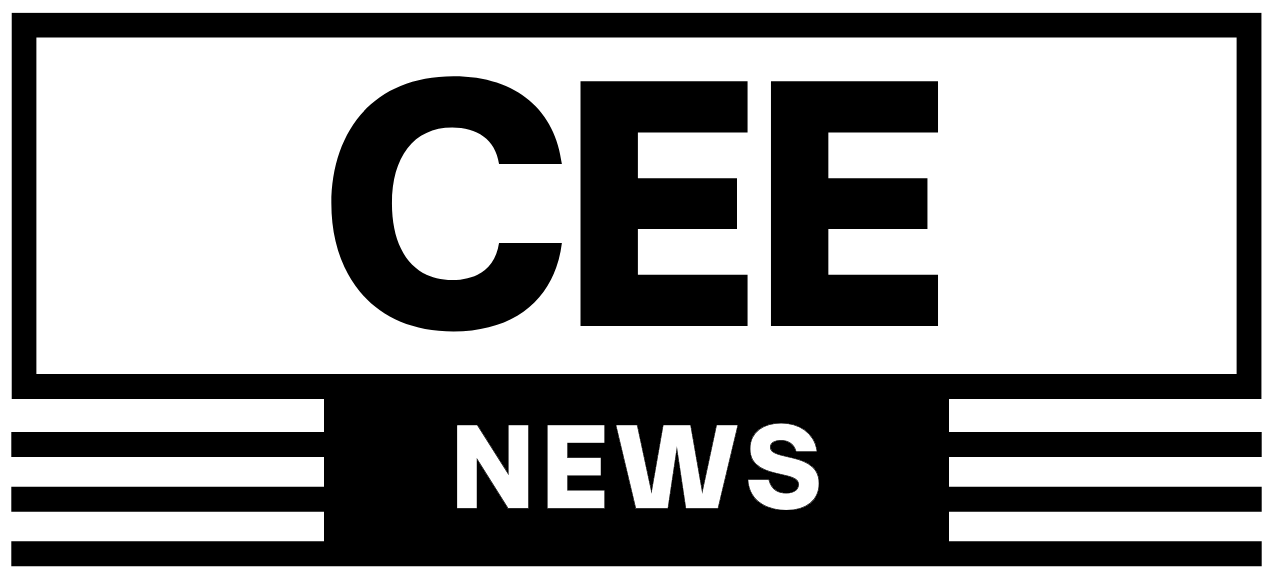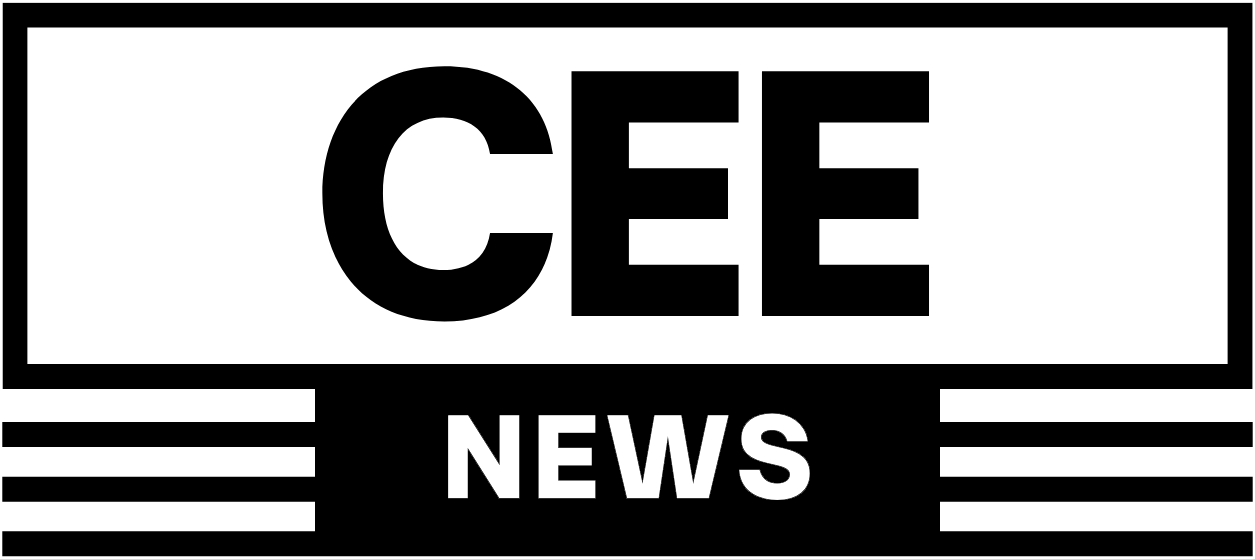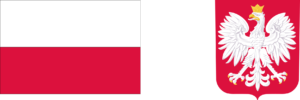Karol Nawrocki chose Washington for his first foreign trip as Poland’s head of state, and the symbolism mattered as much as the substance. In the Oval Office, he and U.S. President Donald Trump emphasized continuity in the security partnership and signaled that the American military presence in Poland will endure, with scope to grow if Warsaw requests it. For a country on NATO’s eastern flank, that was the headline: reassurance at a time when Russia’s war against Ukraine continues to shape Europe’s strategic landscape. Nawrocki framed the presence of U.S. forces as a new normal that Poles not only accept but welcome, describing American troops as an embedded part of Polish society and a visible deterrent to Moscow.
The visit moved beyond optics into a series of practical deliverables. The presidents discussed deepening defense-industrial cooperation so that support for Ukraine can be sustained while European and American stockpiles are rebuilt. Officials pointed to tighter coordination on training pipelines, air and missile defense integration along NATO’s northeastern frontier, and sustainable funding mechanisms that reduce stop-start gaps in aid. In parallel, economic and energy security featured prominently. Warsaw and Washington outlined next steps on civil nuclear cooperation and longer-term LNG contracting, both aimed at insulating Central and Eastern Europe from price shocks and coercive supply tactics. The White House talks also gave Nawrocki a platform to make the region’s industrial ambitions legible in Washington: the drive to localize more munitions, electronics and dual-use manufacturing on the eastern side of the EU, and to plug those capacities into allied procurement.
One moment captured the political weight of the trip. Trump said U.S. troops will remain in Poland and left the door open to a larger footprint if that is Warsaw’s preference. For Nawrocki, who cast his presidency as a guarantor of stability on NATO’s most exposed frontier, the statement amounted to a clear public commitment. It complemented another signal sent during the visit: an invitation for Poland to attend the 2026 G20 leaders’ summit in the United States as a host’s guest. While not a formal seat in the club, the invitation recognizes Poland’s outsized role in Europe’s security architecture and gives Warsaw a platform to insert Central and Eastern European priorities into global economic debates.
The agenda also touched on transatlantic management of Russia. Nawrocki pressed for a united approach to sanctions enforcement and technology controls while keeping channels open for negotiations that could one day halt the fighting on terms that uphold European security. Trump, for his part, linked any future diplomatic moves to verifiable steps on the ground and insisted that pressure on Russia’s revenue streams would remain part of U.S. policy. The two leaders aligned on the principle that any ceasefire must be enforceable, not aspirational, and that deterrence on NATO territory is the anchor for credible diplomacy.
From an Eastern European vantage point, the visit was about representation as well as reassurance. Nawrocki arrived not only as Poland’s president but as a voice for a region that has spent two years absorbing the shock of a full-scale war next door and building practical capacity to handle it. He carried messages heard across Vilnius, Riga and Tallinn, in Prague and Bratislava, and in Bucharest and Chisinau: the east is no longer asking simply for protection but offering capabilities; it needs predictable frameworks for ammunition and air defense, help scaling its defense industry, and a say in how Europe diversifies energy and critical technologies. By meeting early and publicly with the U.S. president, he aimed to lock the region’s priorities into Washington’s planning cycle and to demonstrate that Central and Eastern Europe is a security provider and a growth market, not a peripheral concern.
The trip’s successes are clear in three lanes. On security, Warsaw secured a renewed public commitment to the U.S. troop presence and momentum on interoperability projects that matter to the day-to-day resilience of NATO’s northeast. On diplomacy, the G20 invitation and the president’s consultations across the U.S. government marked Poland as a necessary participant in global discussions where economics and geopolitics now mix. On economics and energy, the sides gave a push to long-horizon cooperation designed to harden the region against external leverage and to channel private investment into infrastructure that serves both growth and defense.
Expectations should remain grounded. Turning pledges into contracts takes time, and allied consensus can fray as domestic politics shift on both sides of the Atlantic. Yet as first visits go, Nawrocki’s was unusually consequential. It fixed the United States at the center of Poland’s security strategy, broadcast Eastern Europe’s priorities in the most visible venue available, and offered a template for how the region intends to operate in the years ahead: close to Washington, plugged into European decision-making, and focused on practical steps that make deterrence and growth mutually reinforcing. The historic photo in the Oval Office will travel far, but it is the quieter machinery set in motion beneath it—training schedules, financing lines, procurement road maps, energy contracts—that will determine how much of this visit endures.






